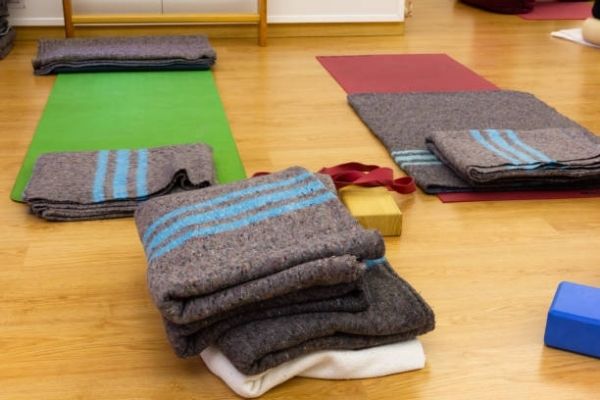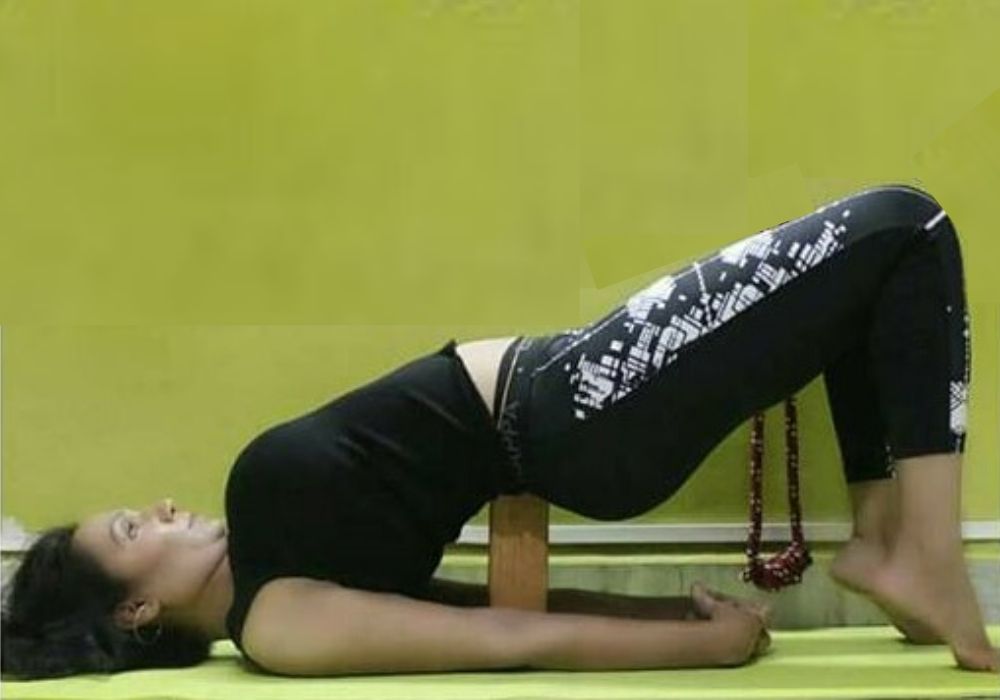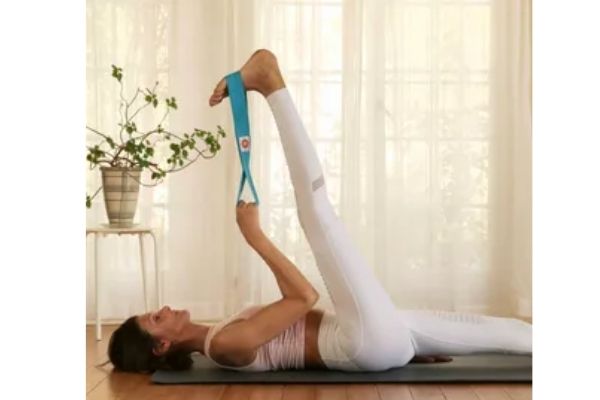Yoga is a beautiful practice that helps to align the body, mind, and spirit. While it can be practiced with minimal equipment, the use of yoga props can greatly enhance your experience and deepen your practice. In this article, we will explore the various yoga props available and how they can be used to support and expand your yoga journey. Whether you’re a beginner or an experienced yogi, incorporating props into your practice can provide added stability, comfort, and accessibility, allowing you to explore new postures and go deeper into your poses.
The Benefits of Yoga Props

Yoga props offer numerous benefits, making them a valuable addition to any yoga practice. First and foremost, they provide support and stability, allowing practitioners to safely explore poses that may otherwise be challenging or inaccessible. Props such as blocks, bolsters, and straps help to maintain proper alignment and prevent strain or injury.
Additionally, yoga props can help to deepen stretches and increase flexibility. For example, using a strap in seated forward bends allows you to gradually lengthen your hamstrings without compromising your form. Props can also assist in achieving proper alignment in standing poses, such as using a block to bring the ground closer in balancing postures like Trikonasana (Triangle Pose).
Moreover, props promote relaxation and stress relief. Restorative yoga, which incorporates props such as blankets and bolsters, allows the body to fully relax and release tension. This gentle practice stimulates the parasympathetic nervous system, triggering a relaxation response and promoting a sense of calm and rejuvenation.

Types of Yoga Props
- Yoga Blocks: These sturdy foam or wooden blocks provide height and stability, aiding in alignment and bringing the ground closer to you. Blocks are commonly used in standing poses, balancing postures, and seated forward bends.
- Yoga Straps: These adjustable straps assist in achieving proper alignment and extending reach. They are particularly useful in poses that require a deeper stretch, such as Paschimottanasana (Seated Forward Bend) or Gomukhasana (Cow Face Pose).
- Yoga Bolsters: Bolsters are firm, elongated pillows that provide support and promote relaxation. They are commonly used in restorative yoga, allowing the body to rest comfortably in gentle, reclining poses.
- Yoga Blankets: Blankets are versatile props that can be folded and used for support or cushioning. They provide extra padding during seated poses, support for knees in kneeling postures, or warmth during relaxation.
- Yoga Wheels: Yoga wheels are circular props designed to assist with backbends, balance, and stretching. They help to open the chest, lengthen the spine, and deepen stretches, making them beneficial for practitioners of all levels.
- Yoga Straps: Straps are versatile props that assist in achieving proper alignment and extending reach. They are particularly useful in poses that require a deeper stretch, such as Paschimottanasana (Seated Forward Bend) or Gomukhasana (Cow Face Pose).

Incorporating Props into Your Practice
When incorporating props into your yoga practice, it’s important to approach them with an open mind and a sense of exploration. Here are a few tips to help you make the most of your prop-enhanced practice:
- Start with the Basics: If you’re new to using props, begin with foundational poses and familiarize yourself with how each prop can be used. Blocks, for example, can be placed under your hands in Downward-Facing Dog to relieve wrist strain or under your sit bones in seated poses to ease tightness in the hips.
- Listen to Your Body: Props are meant to support and enhance your practice, so it’s important to listen to your body and honor its limitations. Use props to find a balance between challenge and comfort, never pushing yourself beyond your edge. Adjust the props as needed to find the right level of support for your body.
- Seek Guidance: If you’re unsure about how to use a particular prop or how it can benefit your practice, consider attending a yoga class or workshop that focuses on prop usage. A knowledgeable teacher can provide guidance, offer modifications, and help you explore new possibilities with props.
- Be Creative: Don’t be afraid to think outside the box and explore different ways to use props. For example, a folded blanket can serve as a bolster or extra cushioning, and a yoga strap can double as a stretching tool or aid in alignment.
- Gradually Reduce Dependency: While props can be incredibly helpful, the ultimate goal is to cultivate strength, stability, and flexibility in your practice. As you progress, gradually reduce your dependency on props by using them as aids rather than crutches. This will allow you to develop a deeper connection with your body and explore your full potential.

Yoga props are valuable tools that can significantly enhance your yoga practice. They provide support, stability, and accessibility, allowing you to explore poses with confidence and ease. Whether you’re a beginner or an advanced practitioner, incorporating props into your practice can help you deepen your stretches, maintain proper alignment, and experience greater relaxation. So, embrace the use of yoga props, be open to experimentation, and discover the multitude of ways they can enhance your yoga journey. With an open mind and a willingness to explore, you’ll unlock new dimensions in your practice and discover the transformative power of yoga props.
